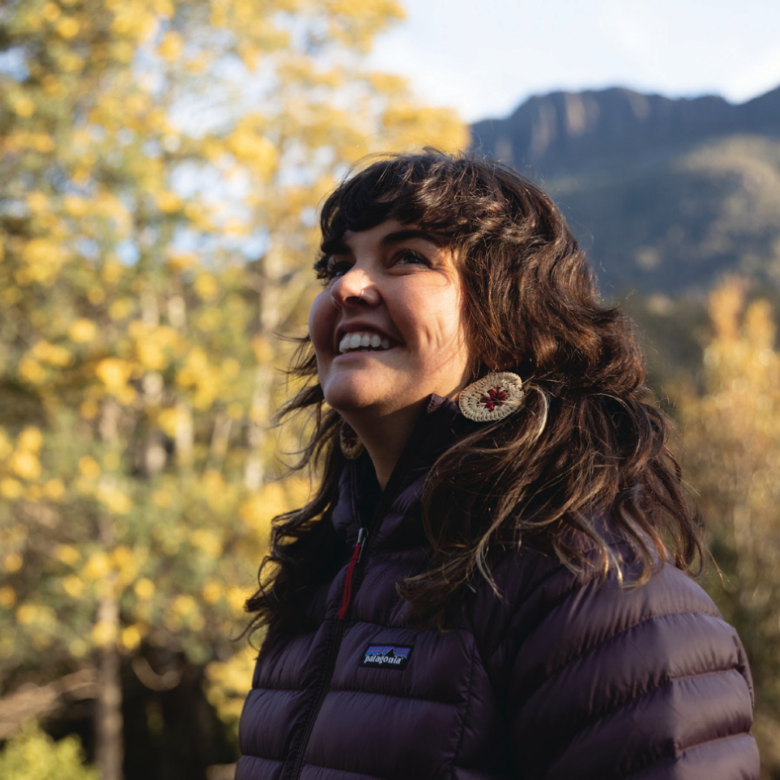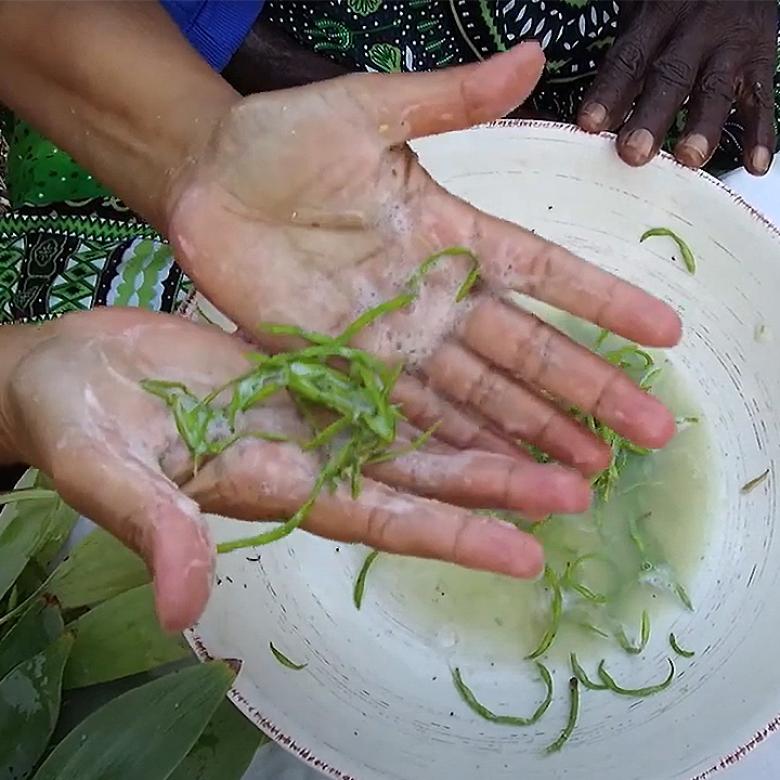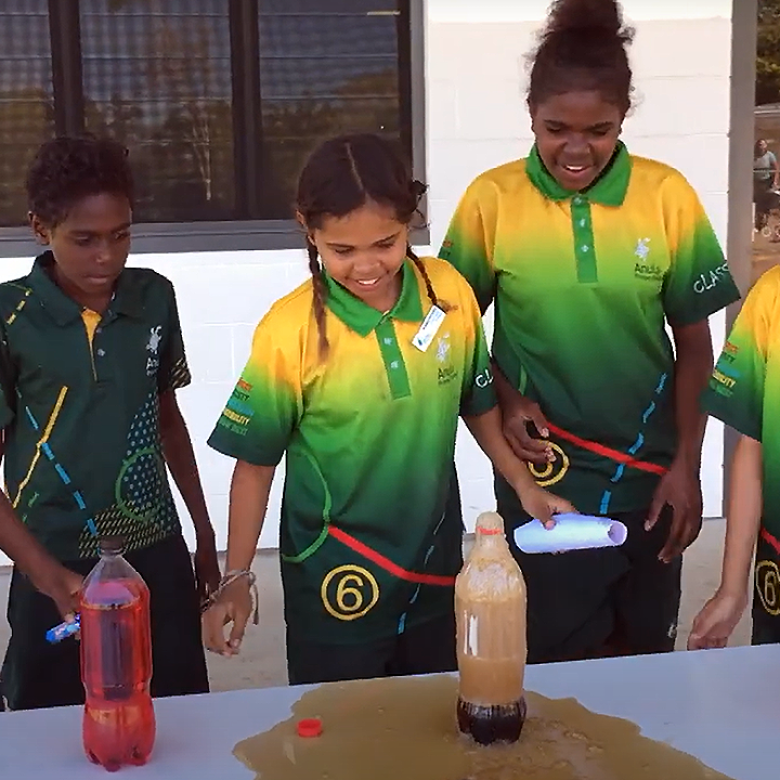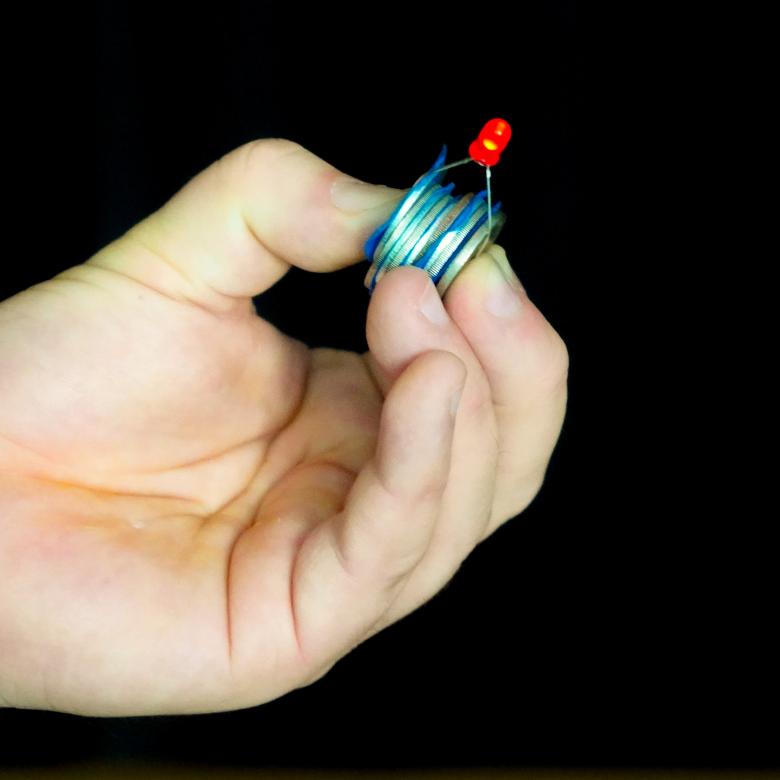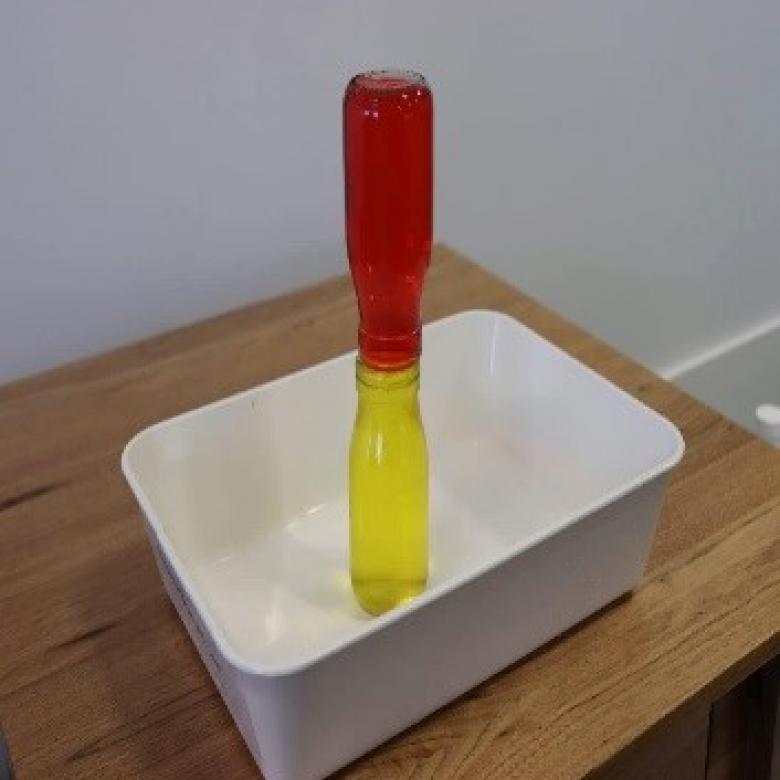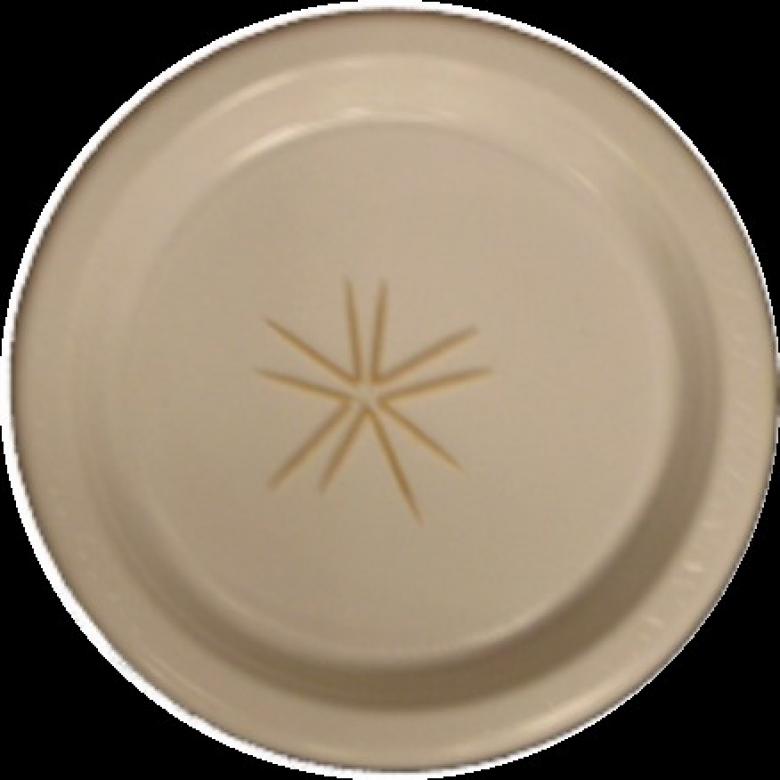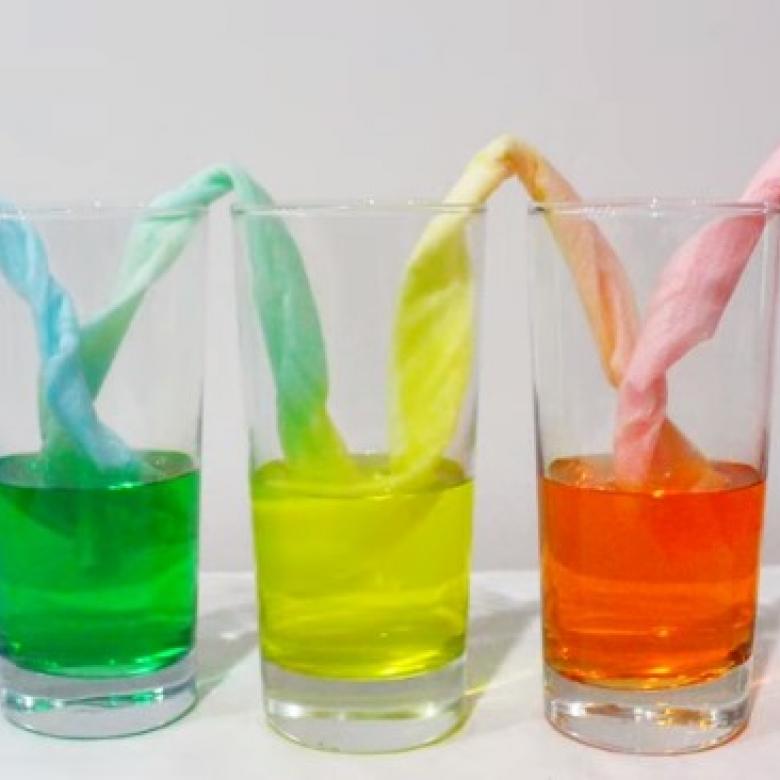About
- 20 mL of bottled water
- A clean, dry plastic cup with a smooth surface
- A flat-bottomed bowl
- Ice cubes
- Table salt
- A tablespoon
- A clean, dry thermometer
- Gather your materials on a flat surface.
- Pour the water into the cup and put the cup into the bowl. If you can’t measure out exactly 20 mL of water, use about one and one-third tablespoons of water.
- Fill the bowl with ice cubes around the cup. Make sure that you don’t drop any ice into the cup of water. Add enough ice so that the level of the ice cubes in the bowl is higher than the level of the water in the cup.
- Sprinkle 2 tablespoons of salt evenly over the ice cubes. Make sure you don’t get salt in the cup.
- Put the thermometer into the cup of water. Leave the cup of water to cool. For the rest of the experiment, be careful not to bump the cup of water while it cools.
- After 10 minutes, carefully add more ice to the bowl like you did in step 3.
- Repeat step 4.
- Leave the cup of water to cool for another 10 minutes – or until the temperature of the water is below 0 °C.
- Once the water is below 0 °C, carefully remove the thermometer.
- Drop a piece of ice into the cup of water. What happens to the cup of water?
Questions to ask
Can you think of different ways to make the water freeze? Try hitting the cup or dropping different objects into the water.
What happens if you try to pour the supercooled water onto an ice cube?
Try supercooling different liquids, such as soft drink or rainwater. Which liquids can be supercooled?
What's happening
Water normally changes from a liquid to a solid (ice) as it cools to 0 °C. However, if water is pure enough, and if it is cooled slowly enough, water can stay a liquid even when it is colder than 0 °C. Supercooled water does not turn into ice as it cools because it is too pure for ice crystals to form. Ice crystals need something on which to grow. They can grow on specks of dust, impurities in the water or on ice itself.
In your experiment, you supercooled the bottled water, which is pure. It doesn’t contain dust or impurities. Because the cup’s surface is smooth, it doesn’t have any bumps on which crystals can form. So they don’t! Therefore, the water can be supercooled. The salt lowers the freezing temperature of the ice. This helps to supercool the water. When you add an ice cube to the water, the ice cube allows new ice crystals to grow and causes the water to turn almost instantly into ice.


